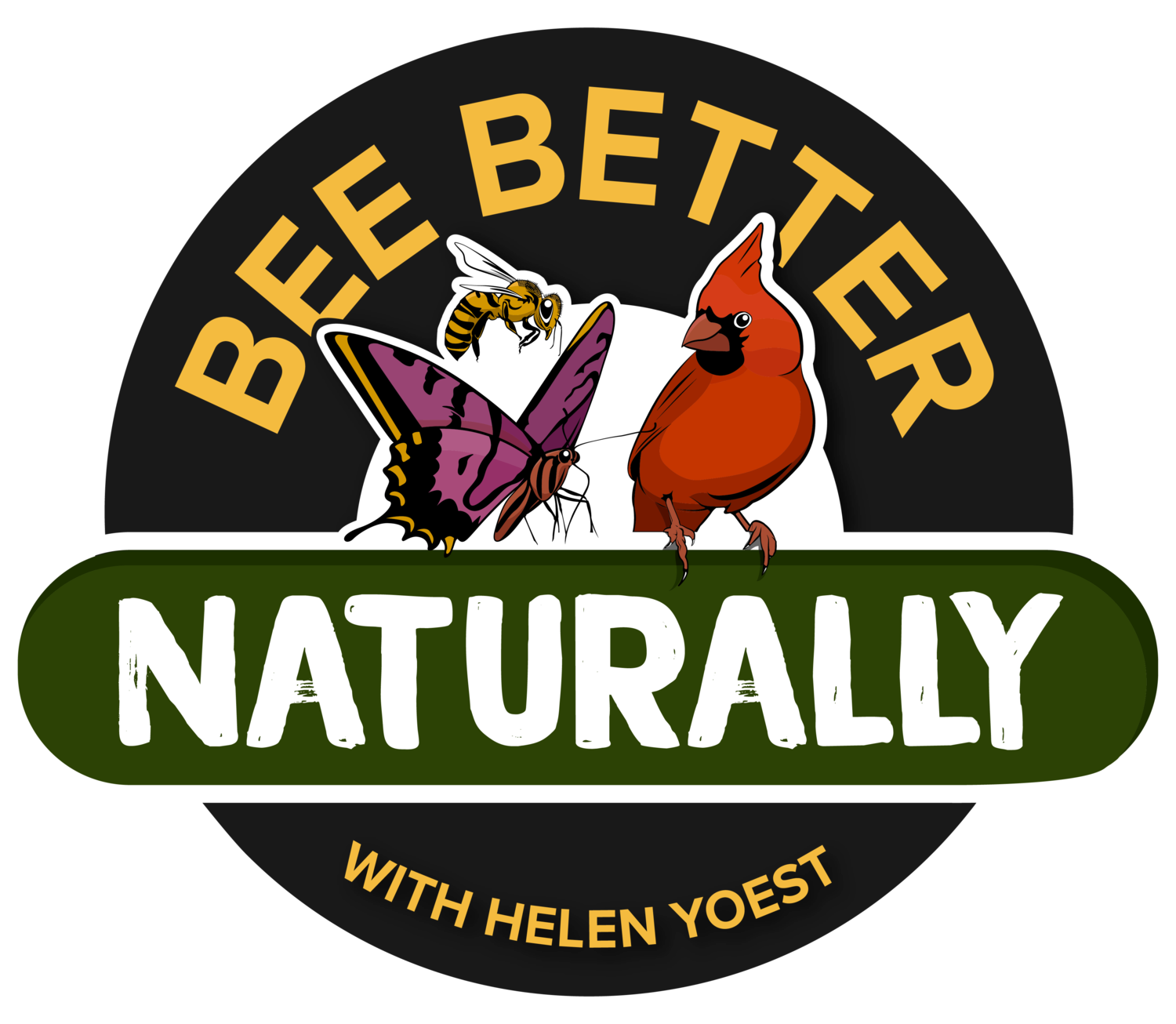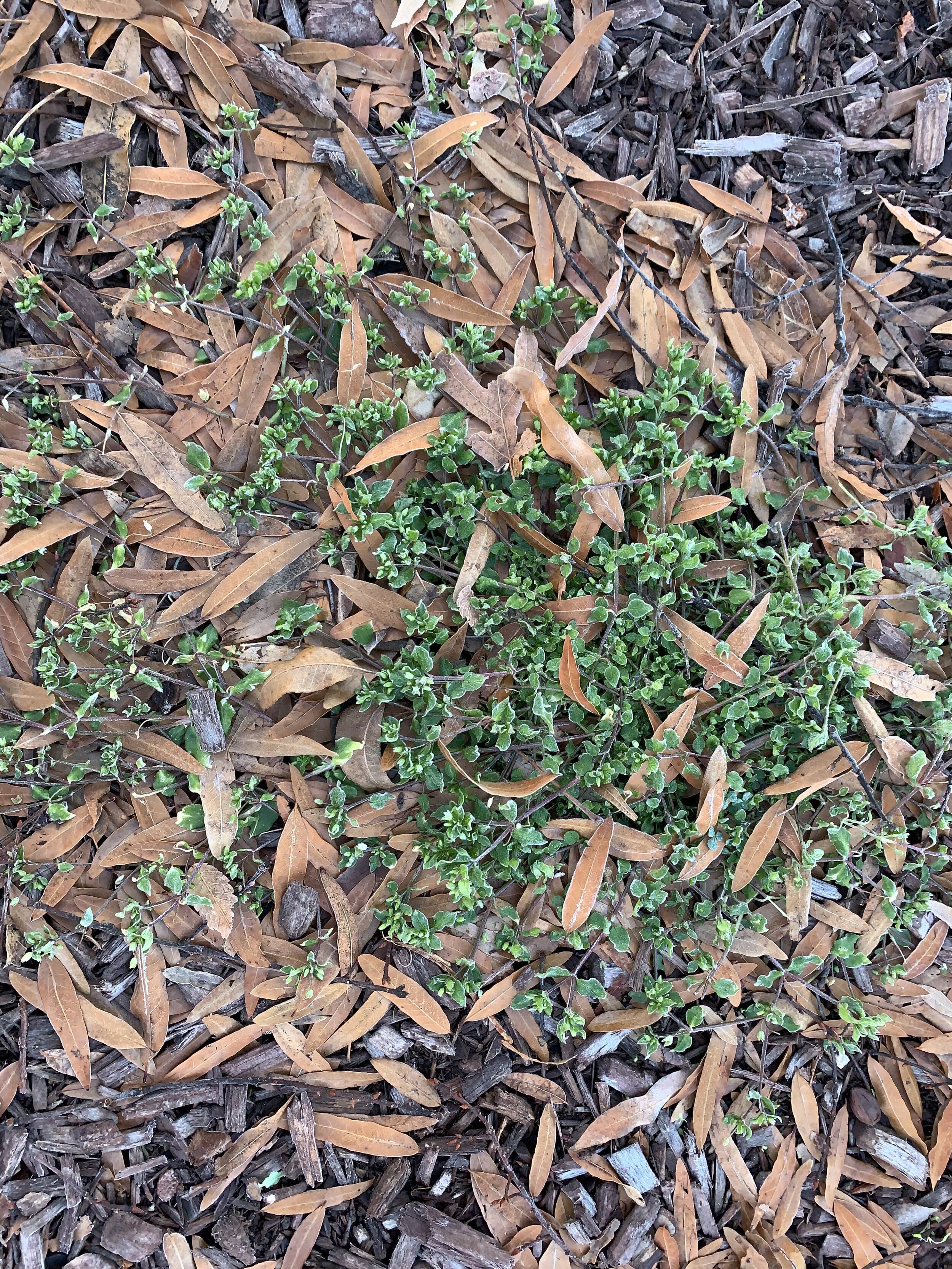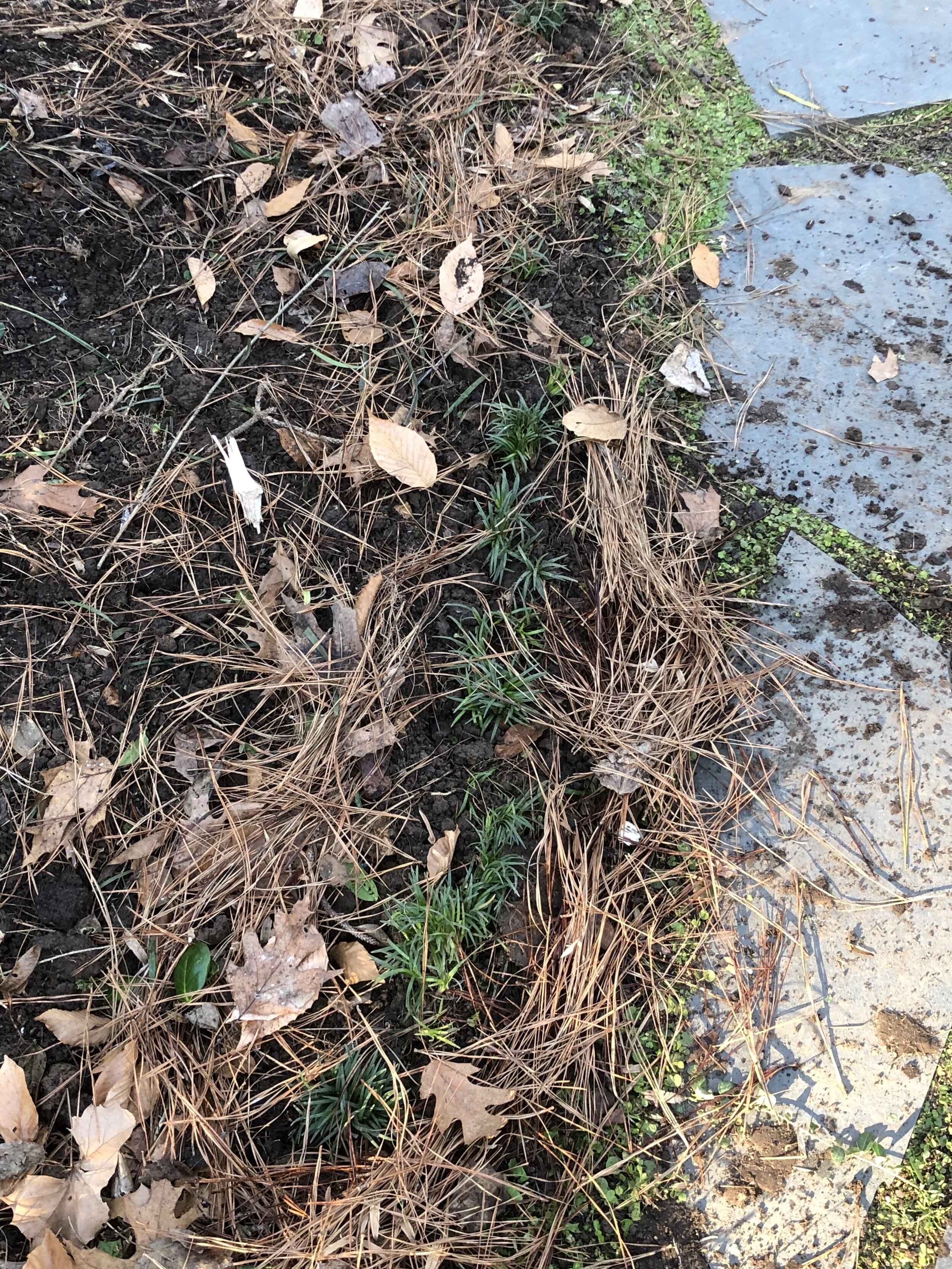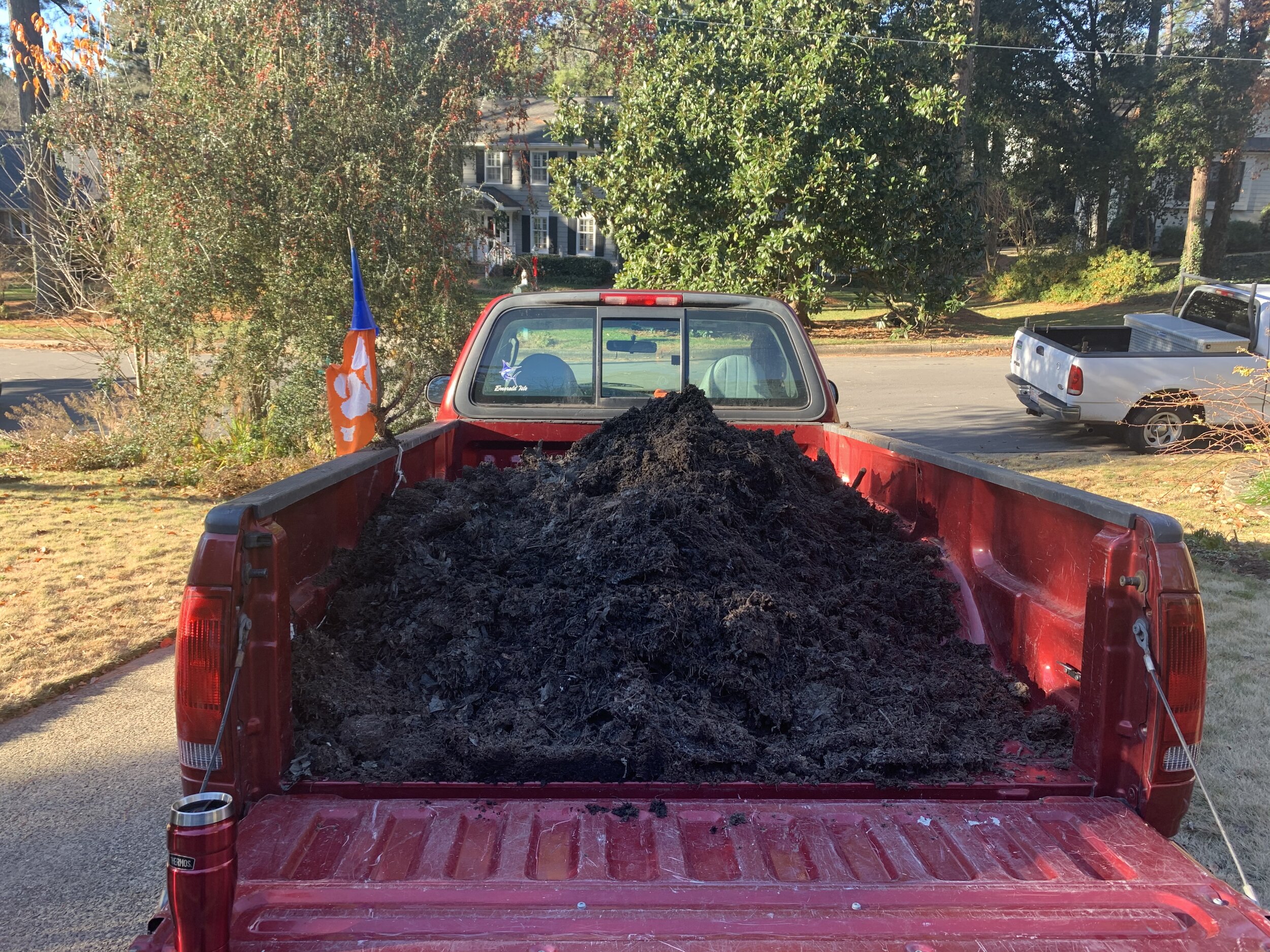Over time, every garden needs some taming. Many designers will suggest a complete redo of an original design every five years or so. Today we tackled three messes of overgrown, beyond boundaries, situations.
The Mondo Mess—Climbing Hydrangea
Oh dear, what to do?!? We have a confused and overgrown mondo mess!
I've grown climbing hydrangeas, Decumaria spp. before, and although there are similarities to hydrangeas, despite its common name, this isn't a hydrangea at all!
I asked my friend, Tim Alderton, at the JC Raulston Arboretum, if he knew which climbing hydrangea this was, a Decumaria barbara or D. sinensis? He replied that he couldn't tell from the picture, but in either case, it was probably given to the Joslins by the JCRA.
Climbing hydrangea in flower.
Climbing hydrangea is a woody vine to 30 ft., attaching by rootlets. The leaves are smooth, shiny, round to oval, deciduous, and the flowers are fragrant. This vine can be used as both a trailing groundcover and a climber; it will only bloom when climbing and then only on new wood.
My first approach was to thin out this mondo mess before transplanting and save those clippings. With these aerial roots, we can propagate, then grow them out and offer to do a fundraiser. Stay tuned!
It took some doing to untangle. At first, Nell and I thought the main root was planted above the wall. As I worked my way through, the original design became clear. We hope we see new sprouts in spring and we can then train them along the wall. My educated guess was that it was planted and then forgotten about. It’s on our radar now!
Hot Mess—Porch Bed
Next up was trying to tame the hot mess in the Porch Bed. What a mess. A HOT mess, actually.
The Windmill Palm/Porch Bed before
These are the kind of projects I like to do. I know they are overwhelming to many as to where to begin, but like any journey, it starts with there first step.
It took a good part of the morning to clear out this bed of unwanted growth and invasives. We managed though. Now, all we need is mulch!
Tony Avent with Plant Delights Nursery called me the garden editor—a play on words because I like to edit gardens and because I’m a garden writer. I took it as a honor!!
The Windmill Palm/Porch Bed after
Distress Mess—Stinking Hellebores
They are EVERYWHERE. At first, when Nell pointed them out, I didn't quite understand. I know stinking hellebores, Hellebore Foetidus faster than a dog chasing a bunny, even though the bunny typically wins! In the case of stinking hellebore's, if you think, “Oh, they’re fine” before you know it, the chase is on! By the way, Mary Joslin wasn't a fan of them either, as we learned HERE!
Such began our journey to pull them out. At least they’re easy to pull and we want this done before they go to seed. On my!
We also picked up 10,000 fallen sticks, planted our Echinacea spp. ‘Cheyenne Spirit’, shared with us from the City of Raleigh greenhouse, and took down a Chinese holly.
Nell and I are making so much progress! Just think what we could do with three or four days a week!!!
Horticultural Specialist































































